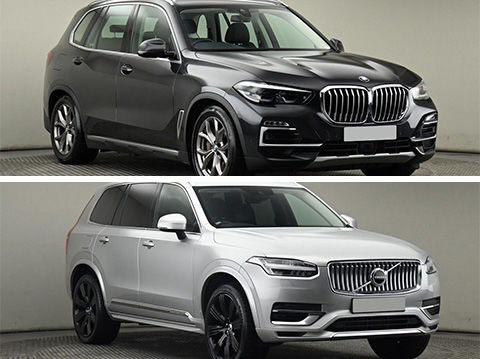Using defensive driving techniques post-lockdown

One recent BBC news article revealed how a driver was caught in London, travelling at 134mph, in a 40mph zone! Other Police forces nationwide have shared similar accounts. Another study, from six years ago, discovered 92% of motorists confessed to having bad, or even potentially dangerous habits behind the wheel.
Here are some defensive driving strategies and techniques that will help you protect yourself, your family and your vehicle from distracted road users.
Expect the unexpected
People are unpredictable by nature, so why would they change when in control of a HGV, tractor, van or other heavy road vehicles? When driving, always be alert and ready that surrounding road users could at any moment do something completely bizarre. They might stop abruptly, swerve into your lane or even step out in front of you. Also, never trust a flashing indicator as gospel, the driver may have accidentally flicked the indicator stalk or have left it on after a prior corner.
As a result, being ready for anything to happen, you can mentally prepare your evasive action. That could be just braking to let the obstacle clear, or making sure the adjacent lane is clear if you need to move into it quickly.
Maintain ample safety margins
Keep as much space as you can to vehicles in front. Observe the two-second rule, edging towards caution. That gives you plenty of time to react to developing situations in front of you. At speed, it means you can register a hazard and take action. In traffic, it means you have space to turn around or flee if needed.
Avoid distractions
One of the main ways you could end up in a road accident is by becoming distracted from the most important task at hand - controlling your vehicle. Turning around for just a second to speak to your child, or looking down at your phone screen, could result in a life-changing, or ending accident. Give driving 100% of your attention, that way, you’ll cut down your risk of having an avoidable crash.
Develop good observation skills
Don’t drive looking at the end of your bonnet, there’s a whole world beyond it! You need to be scanning consistently into the distance, mentally logging side roads, pedestrian crossings and other special features. The combo of shops and parked cars are another thing to pay particular attention to. A person could exit a shop unseen, walk behind a parked car and then immediately step (or even trip) into your path, so be prudent and slow down. Looking ahead can help you spot (and respond to) an overtaking or slow-moving vehicle, that at A-road speeds, you could impact within mere seconds!
Drive to the conditions
When it’s raining, your braking distance is doubled. That’s because the tyres are having to clamour for grip on wet roads. When you encounter snow or ice, that distance might be tenfold - so drive cautiously and allow for the extra distances needed.
Be aware of potentially unseen hazards, like black ice that has formed in the shadow of a bridge or building. Another little known hazard is a summer rain after a long dry spell. Because the rain-free period allows particles of tyre rubber to accumulate, when it then begins to shower, the road can become slick. One study discovered road accidents increased correspondingly with the first rains after many weeks of dry weather.
Consider a vehicle with active safety
Almost all vehicles have passive safety assists, like airbags and seatbelts - but these are only of use when involved in an accident. Active safety equipment seeks to mitigate, or even completely avoid, crashes and bumps altogether. Look for models with Rear Cross Traffic Alert, Blind Spot Monitor, Lane Keep Assist, Brake Assistance and Adaptive Cruise Control to actively help lower your chance of having a bump.
Header image credit: https://unsplash.com/photos/woman-driving-car-_SKIDRiIEtk




